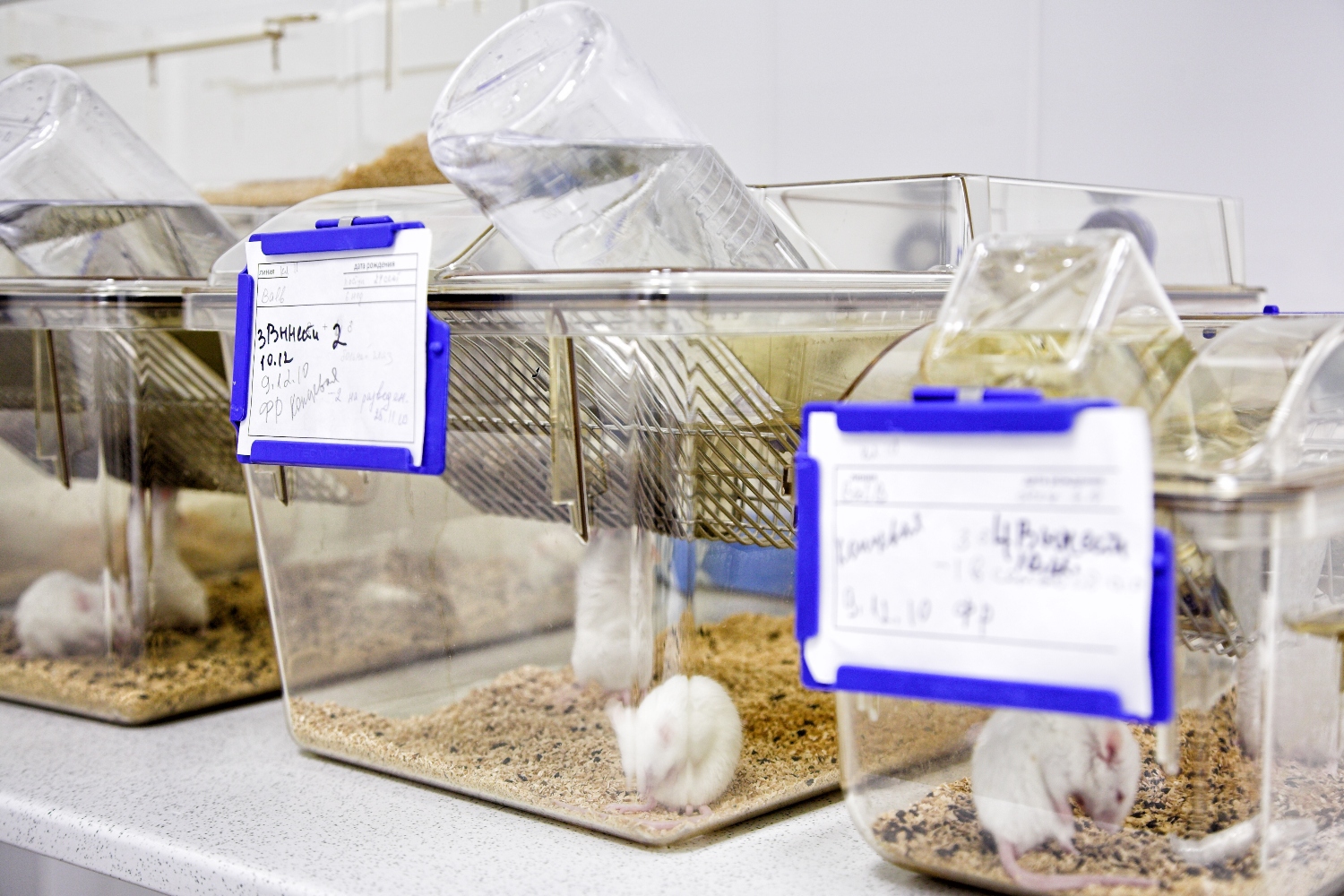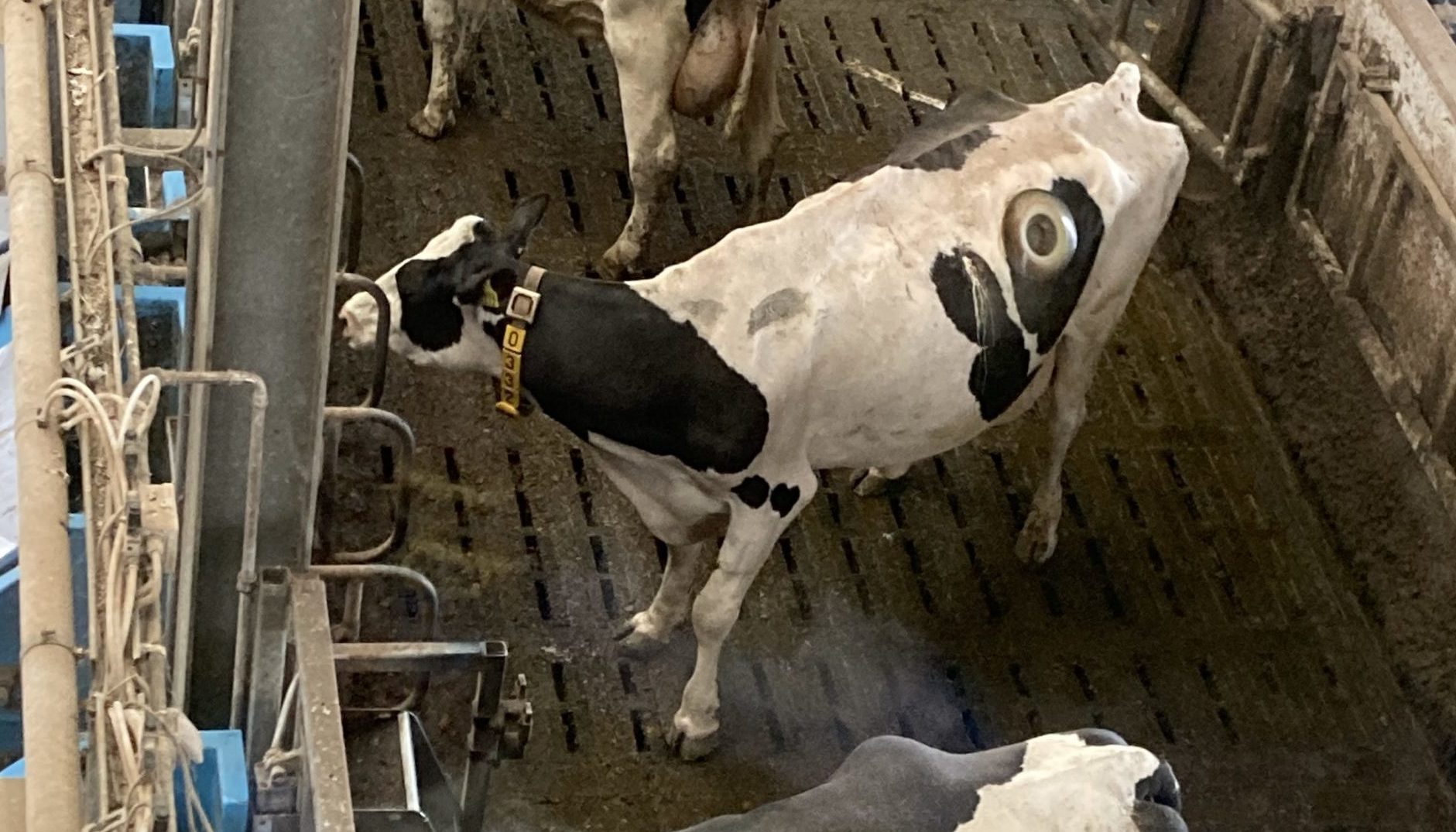Traditionally, laboratory animals are used to determine what dosage of a toxic substance is safe for humans. However, risk assessments such as these can also be performed using computer models and human cell lines, Tessa van Tongeren (Toxicology) discovered. She obtained her PhD on 5 September.
‘We expose lab animals to varying doses of a particular substance. We then study the effect each dosage has on, for example, a particular organ. Ultimately, we aim to discover what the highest dosage is that still has no effect’, Van Tongeren clarifies, describing the traditional resk assessment method. These data are used to calculate what exposure levels are safe for humans.
It surprises me how many tests can be done without the use of lab animals
Tessa van Tongeren, PhD candidate in Toxicology
The results obtained from animal testing cannot always simply be translated to humans. Moreover, some illnesses are more difficult to identify in humans than in animals. And there are ethical, economic and legal considerations to reduce, replace or refine animal testing. Van Tongeren studied how the toxicity -and, thus, the safe doses- of substances can be determined without using animals. Her study focused on hormone-disrupting substances with suspected androgenic or oestrogenic effects or both.
Harmful
There are two hurdles to be taken for animal-free experiments. Van Tongeren: ‘In the first place, you want to determine whether harmful effects occur, and if so, at what dosage. Secondly, you want to know the exposure level: how much of a particular substance, the concentration, really ends up in the blood or organ when you are exposed to a specific product.’ Together, these factors determine whether humans can safely ingest a substance (with no androgenic or oestrogenic effects).
These data can be obtained without the use of laboratory animals, says Van Tongeren. ‘So-called bioactivity tests can be used to determine possible harmful effects. To this end, human cells are adapted to contain an androgen or oestrogen receptor. The cells are also provided with properties that enable them to emit light signals when a substance binds with the receptors. We then measure the intensity of the light signal. The brighter, the more harmful the effect.’
Simulate
Exposure can be established using computer models, Van Tongeren says. ‘We are currently able to use computers to mimic the human body. You can enter sex, age and certain illnesses to predict what concentration of a particular substance would result from ingesting a particular dosage for a very specific population.’
We measure the intensity of the light signal. The brighter, the more harmful the effect
Tessa van Tongeren
The reverse is also true. ‘If the bioactivity tests tell us what concentration of a substance causes harmful effects, we can translate this dosage to concentrations in the blood. Computer models then enable us to predict what exposure dosage of the substance was required to arrive at these concentrations. From there, you can deduce at what dosage the effect is not yet present, and hence, what dosage and level of exposure is safe.’
More accurate
‘Toxicology tests on substances are increasingly done without laboratory animals’, Van Tongeren states. ‘It surprises me how many tests can already be done without the use of animals. We are able to gather a lot of information without animal testing early on in our research, which means we only require animals at a later stage in our research.’
‘From a scientific perspective, we may be ready to replace certain animal tests with animal-friendly alternatives, but it is also a social issue. As a society, we must become accustomed to testing without animals. And, legislation must be amended.’

 ‘From a scientific perspective, we may be ready to replace certain animal tests with animal-friendly alternatives, but it is also a social issue. As a society, we must become accustomed to testing without animals.’ Photo Shutterstock
‘From a scientific perspective, we may be ready to replace certain animal tests with animal-friendly alternatives, but it is also a social issue. As a society, we must become accustomed to testing without animals.’ Photo Shutterstock 